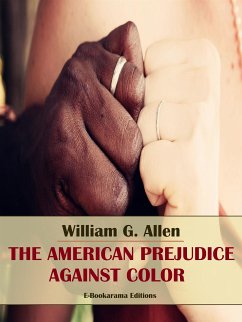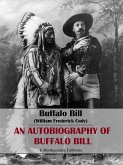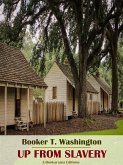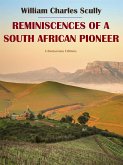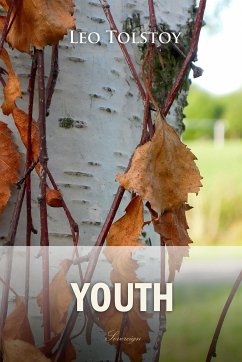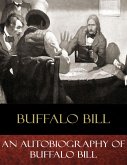"The American Prejudice Against Color" is an essential book to understand the racism and segregation in the United States during the 19th century.
In 1853, William G. Allen, the "Coloured Professor" of Classics at New York Central College, became engaged to Mary King, a student at the coeducational, racially integrated school and daughter of a local white abolitionist minister. Rumors of their betrothal incited a mob of several hundred men armed with "tar, feathers, poles, and an empty barrel spiked with shingle nails." Allen and King narrowly escaped with their lives, married in New York City, and then fled as fugitives to England and Ireland.
Their love story and courageous resistance were recorded in great detail by Allen in the booklet "The American Prejudice Against Color."
In 1853, William G. Allen, the "Coloured Professor" of Classics at New York Central College, became engaged to Mary King, a student at the coeducational, racially integrated school and daughter of a local white abolitionist minister. Rumors of their betrothal incited a mob of several hundred men armed with "tar, feathers, poles, and an empty barrel spiked with shingle nails." Allen and King narrowly escaped with their lives, married in New York City, and then fled as fugitives to England and Ireland.
Their love story and courageous resistance were recorded in great detail by Allen in the booklet "The American Prejudice Against Color."

